Lolland-Falster is the name containing the two Danish islands Lolland and Falster, which are surrounded by the Baltic Sea. Lying south of Zealand, they are called the South Sea Islands by the Danes. Beautiful nature, local ports, the maritime climate and towns with monuments are the perfect holiday combination!

The island of Lolland is one of the largest Danish islands. The terrain here is very flat, and the highest point is about 25 m above sea level. the island’s coast is also gentle, but very jagged, with plenty of headlands and coves. Lolland offers kilometers of white, wide beaches. The local towns offer rich tourist infrastructure, ideal for seaside holidays. Near the beaches you will find numerous restaurants where you can eat fish and seafood.

Falster Island, this charming island offers a range of attractions if you want to soak up the sun on the soft sand of the beach, practice water sports or simply take a leisurely stroll along the coast. The island also has lush forests and nature reserves, making it an ideal place for hiking and cycling.
Rich in history and culture, the island of Falster invites tourists to explore the ancient ruins of the medieval castle at Nykøbing and fascinating exhibitions in local museums. The island’s vibrant community hosts various festivals throughout the year, celebrating everything from local art to traditional food, allowing visitors to experience local culture.
Maribo

The market town of Maribo is located in the center of the island of Lolland. There is an open-air museum and a museum of cultural heritage here. The stunning nature overwhelms tourists.
Maribo Lakes Nature Park is the collective name for lakes Søndersø, Røgbølle Sø, Hejrede Sø and Nørresø, as well as the surrounding hinterland. Four lakes integrated into the wonderful manor landscape, surrounded by fields, meadows, peat bogs and forests, provide wonderful experiences for bird and nature lovers. You will also find ancient monuments here.
The Maribo lakes form one of the largest freshwater systems in Denmark, covering a total of 1,140 hectares of water surface. The largest of the lakes is Søndersø with an area of 852 hectares, which consists of three pools and is the most island lake in Denmark.
Nakskov



Nakskov is the largest town on the island of Lolland. It has a beautiful location at the end of the Nakskov Fjord and has many charming, historic streets and streets, including one of the oldest pedestrian streets in Denmark. Experience the beautiful landscape of the bay on a tour of the fjord on a former mailboat, or visit Frederiksdal Cherry Wine, where you can taste the world-famous cherry wine from the vineyard.
Bandholm

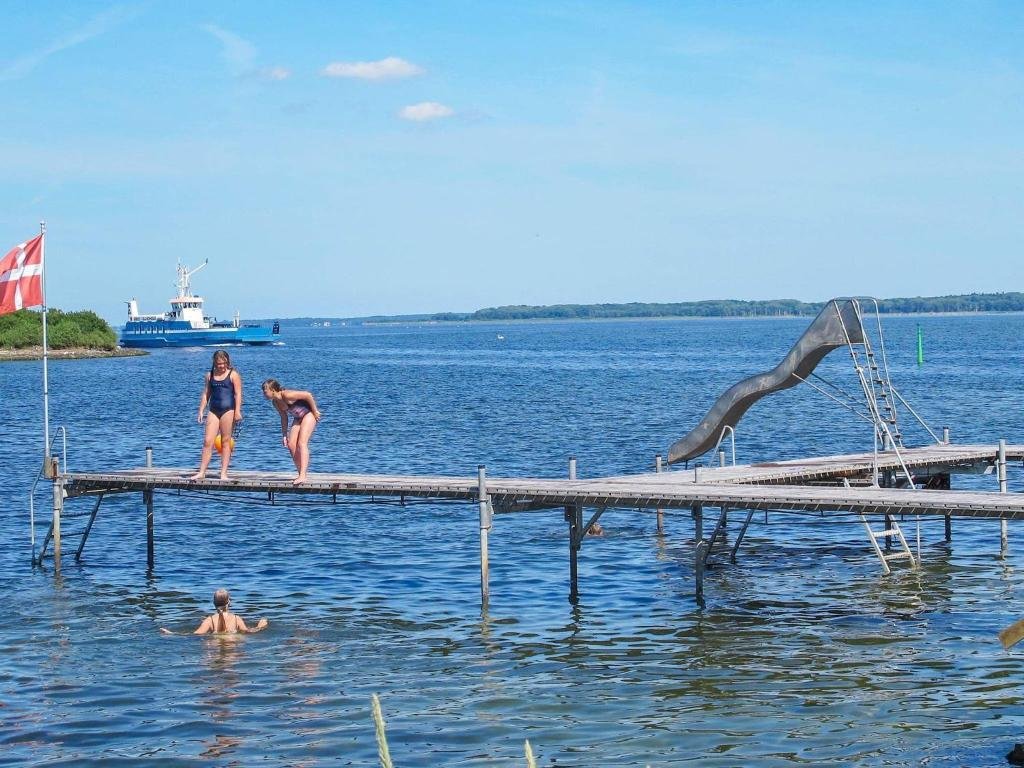

Bandholm is a small port town and parish on the coast of northern Lolland. It is located a short distance from other cities but is quiet and peaceful. Attracting tourists looking to relax on Bandholm Beach, this white sandy beach is 100 meters wide and located close to the Bandholm Hotel.
Many tourists come here to be close to the fantastic nearby Knuthenborg Safari Park. Moreover, the local magnificent buildings and castles are definitely worth visiting. Particularly noteworthy are Knuthenborg Slot, Engestofte Gods and Fuglsang Herregård. Many of their buildings are still used as private housing, but there is public access to the park, farm buildings and churches.
Kragenaes



The little town of Kragenæs in northern Lolland is best known for its two ferries to Fejø and Femø and for being within walking distance of the impressive stone sculptures Dodekalitten. Two nice little beaches in Kragenæs, located on either side of the harbour is worth seeing. The beach northwest of the ferry berth is called Nordstrand, and although it is small, there is fine sand both on the beach and in the water.
Nysted
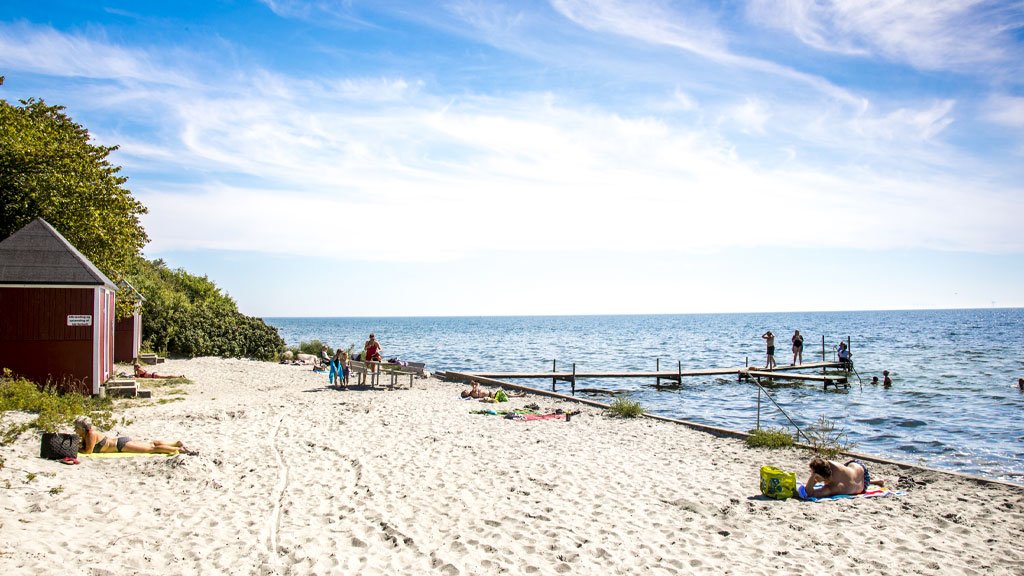
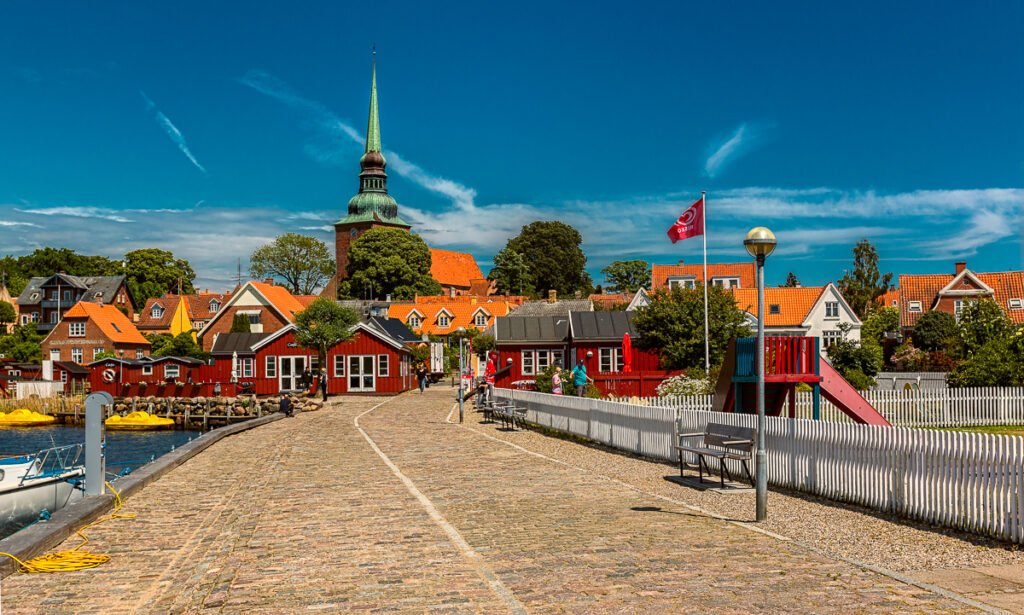

Nysted is a charming town located on the south coast of Lolland, a natural and peaceful place. One of the city’s main attractions is the well-preserved medieval castle, Nysted Castle, dating back to the 12th century. Learn about the building’s fascinating past through interactive exhibitions and guided tours.
A beautiful sandy beach such as Nysted Strand provides a place for sunbathing, swimming and picnicking, with crystal clear waters and soft, golden sand. The surrounding forests and meadows also provide excellent opportunities for hiking, cycling and nature watching. Nysted’s charming streets, lined with colorful wooden houses, charming shops and cozy cafes, create a charming atmosphere. The city’s bustling marina is a place to admire picturesque sailboats. Also worth visiting is a medieval Gothic church dating back to the 13th century – St. Marcin.
Marielyst


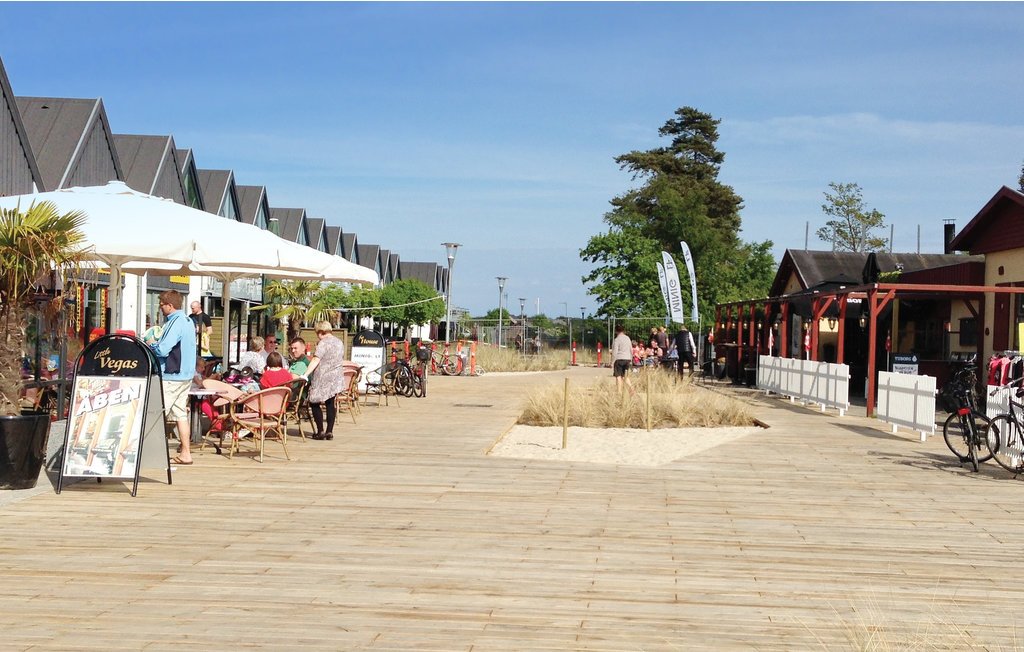
Marielyst is a town known for the most popular holiday destinations on the Baltic Sea. The impressive 20-kilometer coastline with white sandy beaches attracts tourists. Great tourism is proven by the fact that there are 6,000 summer houses in the area.
Nykøbing Falster


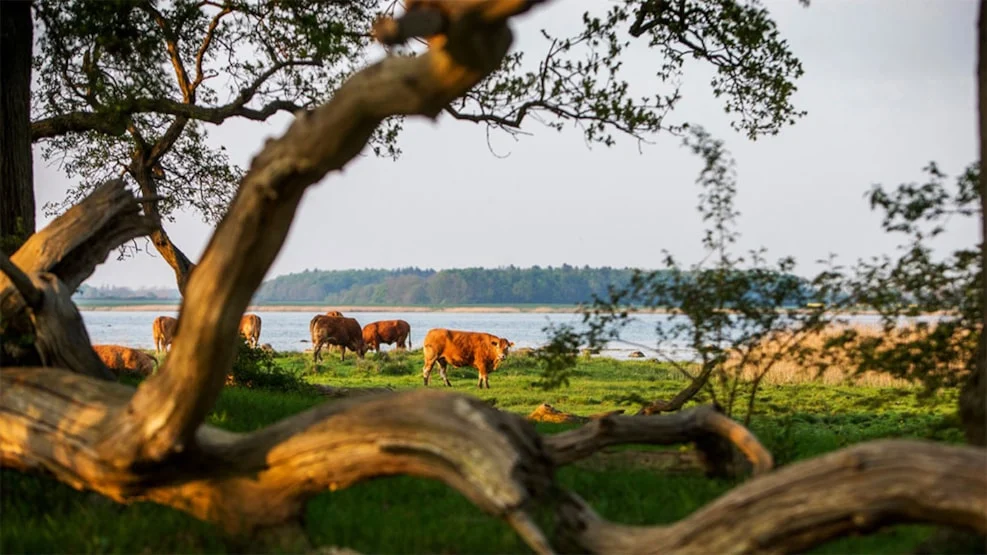
Nykøbing Falster is the largest town on the islands of Lolland and Falster, often called “Nykøbing F”. On the Falster side there is a 0.5 km long shopping area, a walking street (gågade) with a wide selection of shops. At the end of the street there is a large square where events are organized. These include popular late night parties that take place several times a year. In summer, the city is visited by many tourists. Over the last 10-15 years, the port of Nykøbing Falster will transform from an abandoned trading port into a new, vibrant and green district.
Stubbekøbing



Stubbekøbing is a town beautifully situated in the northern part of Falster a The port of Stubbekøbing is attractively situated on the Grønsund Strait. The harbor offers great views of the bridges in Faro and Bogø. You can sail there on Ida, a small ferry for veterans. Stubbekøbing offers excellent shopping facilities and you can also visit the largest motorcycle collection in Northern Europe at the Stubbekøbing Motorcykelog Radiomuseum (motorcycle and radio museum).
In the old town you can see several houses and merchant farms dating from around 1700 to the end of the 19th century. There are smaller production plants, shops and a shipyard in the city. Beautiful, diverse nature with monuments. Just a few kilometers from the highway, you can easily get to and from Stubbekøbing.
